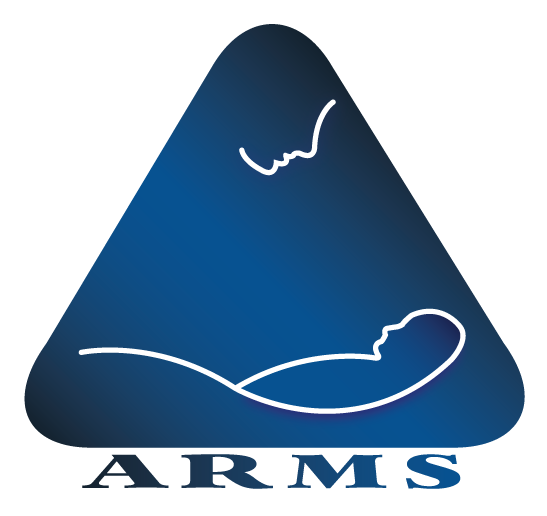Reason for the test
An HSG is an x-ray of the inside of the uterus and fallopian tubes. A dye is infused to visualize any blockage of the tubes or intrauterine abnormalities.
Description of the test
The test takes approximately fifteen to thirty minutes and is performed much like a pelvic exam and PAP smear. A speculum is placed in the vagina so that the opening of your uterus (cervix) can be visualized. The cervix is cleansed so that dye can be introduced into the uterus and up into the fallopian tubes. You may experience uterine cramps during the procedure that can last for a few minutes after the procedure is completed. To minimize these cramps we frequently numb the cervix just before the HSG is performed. Two to four x-rays are taken during the entire procedure for further review.
Preparation for the test
The HSG is timed so that it is performed soon after the menstrual bleeding ends, but before ovulation. The procedure is usually done between day five and day ten of your menstrual cycle.
If you are not allergic or sensitive to aspirin-like products we recommend that you take two tablets of ibuprofen, Advil, Motrin, or Nuprin one hour prior to the procedure.
Rarely, a pelvic infection may develop after the HSG is performed, which may require hospitalization and treatment with antibiotics. To minimize the likelihood of a pelvic infection antibiotics are prescribed. Alert the office of any allergies to medications. We usually prescribe Zithromax 250 mg. Take two tablets with dinner the night before the procedure and two with breakfast the morning of the procedure, both on a full stomach. If you are allergic to Zithromax, an alternative antibiotic will be prescribed for you. Make sure to take this antibiotic on a full stomach and drink plenty of water.
A woman can be pregnant even though she has apparently had a period. For this reason, we need a urine pregnancy test on all patients. Please take a uterine pregnancy test the morning of your HSG with your first urine of the day and bring the completed test to your HSG appointment.
You should bring someone with you to drive you home after the procedure is completed.
If you are having anxiety, you may request a mild sedative of Valium. A driver is necessary if you take this medication.
Precautions to take
Four important contraindications to performing an HSG are: allergies to iodine, radioactive dye, or shellfish; pregnancy; active menstrual bleeding; and fever or illness on the day the procedure is to be done. If any of the above are occurring, please contact us as soon as possible so that we may cancel the procedure in advance.
After the test
After the completion of the HSG you may experience some mild cramps and have spotting for a couple of days. If you should experience heavy bleeding, foul discharge, increased pelvic pain, or chills/fever please contact us immediately. The results of the HSG will be mailed to your referring physician.
Who to contact
For any questions you have prior to the procedure or if you have been experiencing severe cramps, fever, or excessive bleeding after the procedure, please contact our office.
*IMPORTANT: You must call ARMS on DAY 1 of your cycle to schedule an HSG.*
HSG Order Form
Related service/page call out (ex. Save on Medications) or unique offering.


